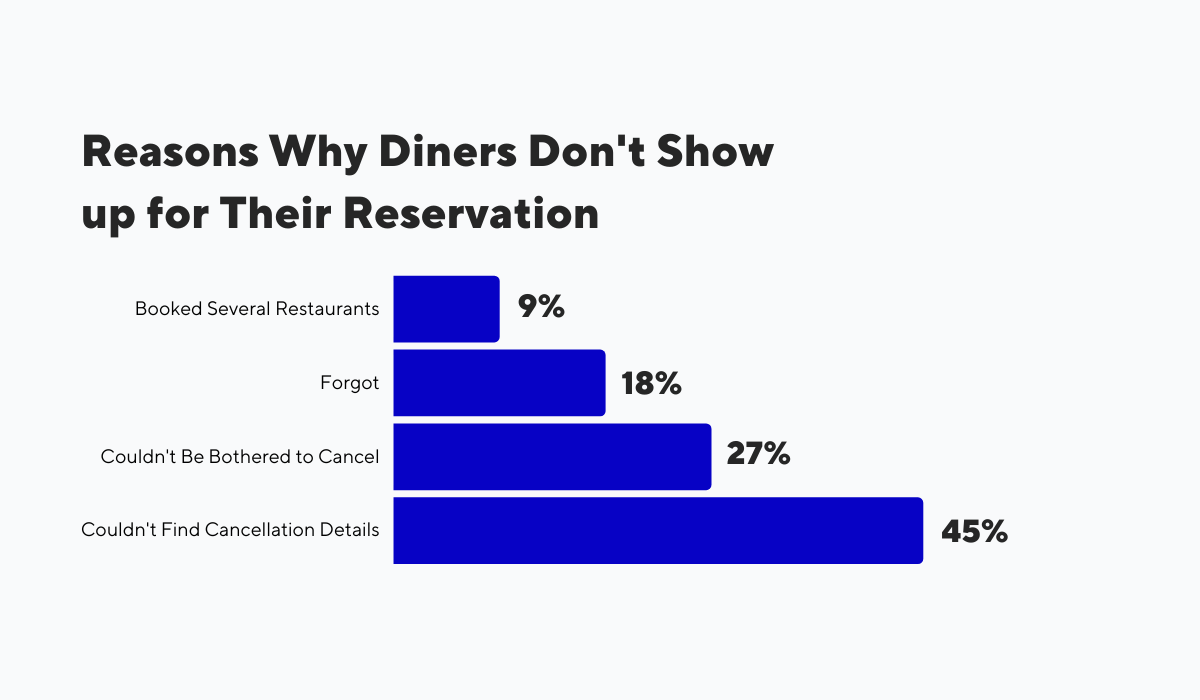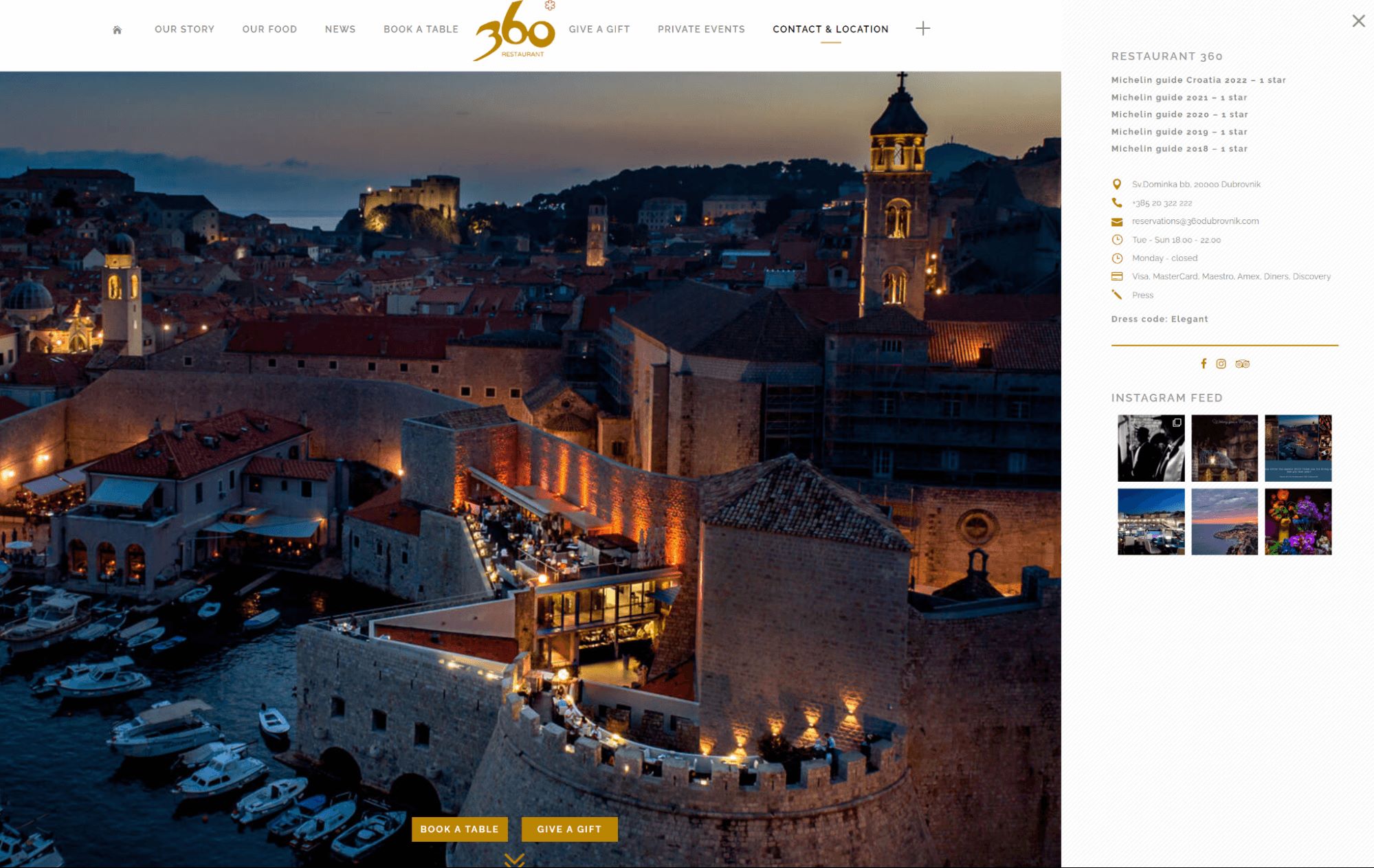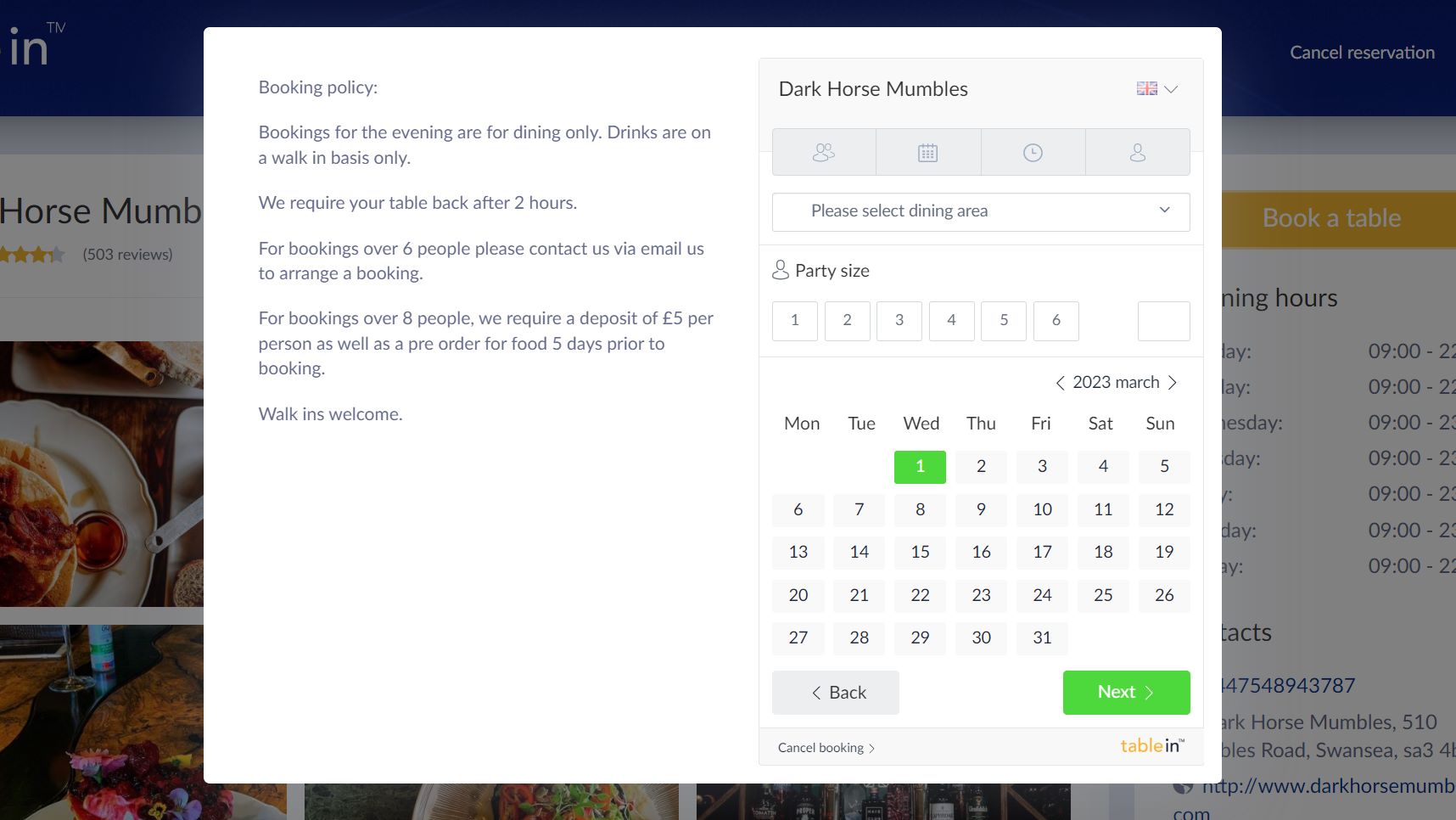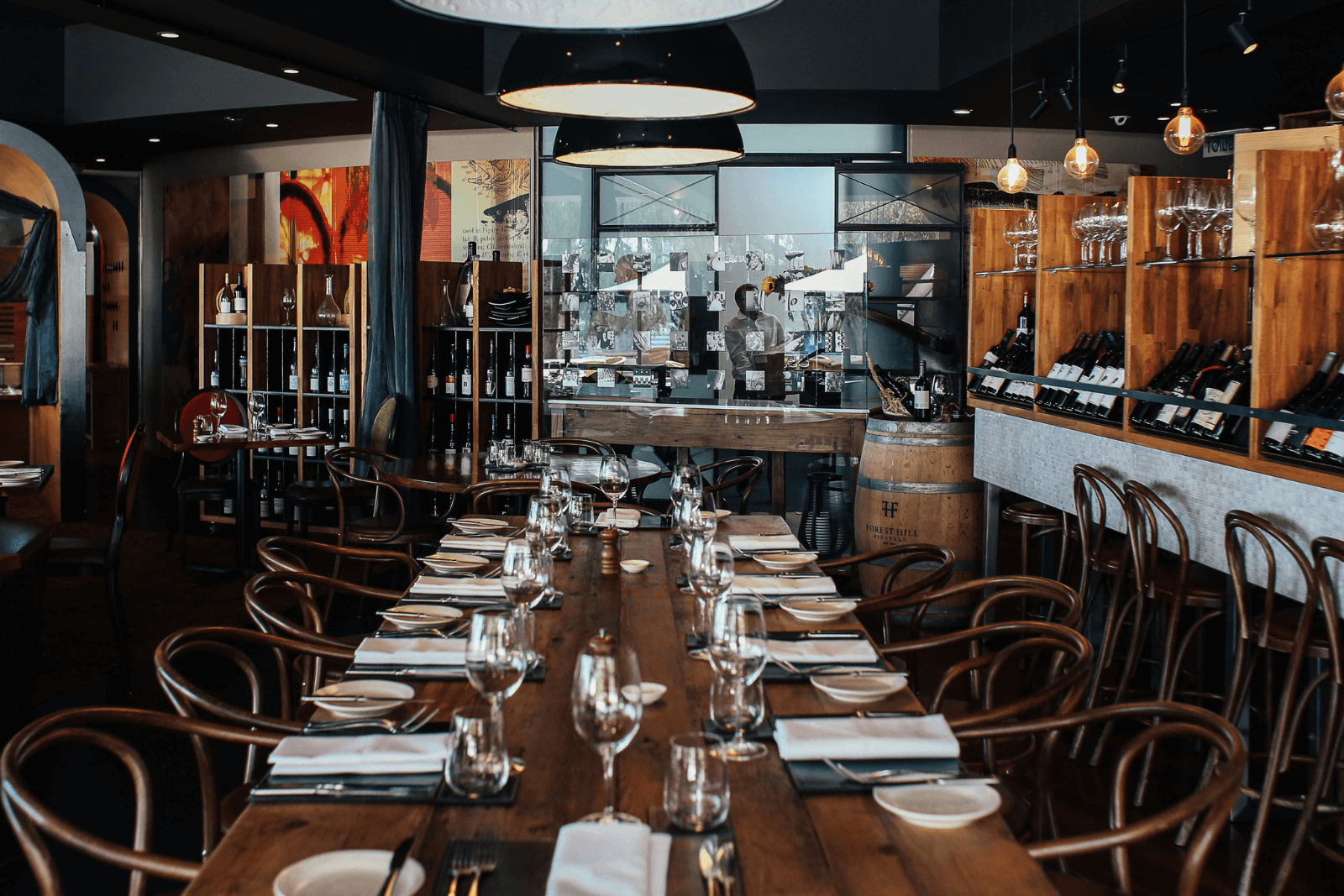As a restaurant owner, your focus must be on ensuring that your restaurant makes enough money to support itself and that your staff and vendors are paid on time.
This healthy functioning of your business comes under threat when reservation-holding guests don’t turn up for their bookings, thereby preventing you from collecting your earnings.
No-shows have been an industry problem for a long time, and in this article, we’re going to explore just how serious and far-reaching that problem is.
We’re also going to show you what you can do to reduce this harmful practice and safeguard your business from financial ruin.
Let’s start with some statistics that paint a clear picture of restaurant no-shows and provide an outlook for the hospitality industry.
Sobering Stats of Restaurant No-Shows
No-shows can cause serious financial problems for restaurant owners because they stop the flow of revenue they need to keep the lights on.
Some industry experts, such as the chief executive of UKHospitality, Kate Nicholls, are even calling this harmful practice a blight, especially in the wake of the pandemic years now behind us:
No-shows have been a blight on the industry for many, many years, but with tens of thousands of hospitality businesses in such a fragile state following prolonged periods of closure and heavily-restricted trading, they are currently deeply damaging to venues.
As you can imagine, a lot of people need to skip showing up for their booking for this problem to take on these proportions.
In fact, as many as one in five restaurant reservations in urban centers turn out to be no-shows.

Illustration: Tablein / Data: Carbon Free Dining
In addition to that, some diners say they are more likely not to show up for their reservation after the pandemic because safety measures have limited restaurant capacity, and people have resorted to making several reservations to ensure they’ll have a spot when they turn up.

Illustration: Tablein / Data: Zonal
This is an average number, but the problem is much more acute in some places.
For example, Ruth Watson, a restaurant owner from Suffolk, reports her restaurant is “losing eight to 10 covers compared to what we normally could have.”
Unfortunately, the biggest offenders seem to be younger consumers who are much more likely to no-show than their older counterparts.

Illustration: Tablein / Data: Zonal
This can be explained by the fact that younger adults are also more likely to create a reservation in the first place, but also because their lifestyle is more spontaneous, which increases the chances of having a change of mind or simply forgetting about a reservation.
What’s surprising about all of this is that diners actually do realize that no-shows are detrimental to businesses. It seems they’re just not motivated to correct this behavior.

Illustration: Tablein / Data: Zonal
All in all, things are not looking great for restaurant owners.
No-shows have long wreaked havoc on this industry, and it doesn’t look like the situation has been improving after the industry reopened its doors in 2021.
As a matter of fact, they’re getting worse.
But let’s consider this problem from the consumer’s perspective and try to figure out why diners might not be canceling their reservations. We’ll do that in the next section.
Why Guests Don’t Just Cancel Their Reservations
As we said, most consumers understand that no-shows are detrimental to a restaurant’s financial health.
Yet, restaurants still have to deal with large volumes of customers not showing up for their reservations.
Another study tried to understand why this practice is so prevalent and what the reasoning behind these consumers’ actions is.
As it turns out, many don’t really have a good excuse for their behavior.

Illustration: Tablein / Data: Carbon Free Dining
Almost half of these consumers are simply negligent and cite forgetfulness and laziness as their main reasons for not showing up, while 9% admit to deliberately booking several restaurants in order to ensure a spot for the evening and then showing up only at their first choice.
However, there might be some legitimacy to the last reason here, as restaurants sometimes fail to display their contact information prominently enough or neglect to provide a written procedure and deadline for cancellations.
This can happen, for example, when a guest makes a reservation in person and then googles the establishment only to find that no number or website is listed for the business.

Source: Google
Another situation where this can happen is when restaurants don’t provide a clear cancellation policy, or they do but make it too difficult to track down on their website.
After all, you can’t really expect the guests to cancel if you don’t inform them how or when to do it.
For instance, the 360 Restaurant in Dubrovnik, Croatia, has a very clear and easy-to-understand reservation and cancellation policy.

Source: 360 Restaurant
But this policy is nearly impossible to find on their website. Instead, you’d need to google the reservation terms and conditions of the restaurant, which most guests are rather unlikely to do.

Source: 360 Restaurant
All things considered, guests sometimes do have a legitimate reason for not canceling their reservation after they decide not to show up.
However, for the most part, restaurant no-shows can be explained by simple negligence, which persists in spite of the consequences of this practice for restaurants.
So let’s talk about those consequences and the negative impact of no-shows before we provide you with some tactics to combat them.
The Impact of No-Shows on Restaurants
The most obvious consequence of restaurant no-shows is lost revenue.
If a guest doesn’t show up for their reservation, you can’t seat another guest until you’re fairly certain that the original guest won’t show up.
At that point, seating a walk-in guest often isn’t an option because there may not be enough time for them to complete their meal before the next reservation-carrying diner arrives.
That means this cover is irrevocably lost to you.
If this happens several times in one night, you could be looking at a 100% profit loss or even operating at a loss.
And since this isn’t a rare occurrence, as we discussed in the first section of this article, those losses add up to strike a devastating blow against the entire industry.
For example, in the UK alone, the collective revenue loss caused by restaurant no-shows amounts to billions of pounds every year.

Illustration: Tablein / Data: BBC
But that’s not the end of it. A fully booked restaurant also means all hands on deck.
Server and kitchen staff schedules need to be adapted to accommodate the high number of covers you’re expecting for the evening.
If a substantial number of these guests never appear, then those staff members have less to do, and their time is wasted. Not to mention they’ll be missing out on tips they may be counting on.
Also, since your staff can only work a set number of hours a week, you may have trouble scheduling staff for the next busy evening and could have to resort to asking your employees to work overtime, which isn’t good for them, or your business.
Finally, restaurant owners often plan orders for fresh food based on their reservation schedule.
If the restaurant expects many guests that week, that could lead them to order more food to keep up with guest demand.
If those guests don’t show up, their stock might not get used before it spoils and ends up in the dumpster.

Source: Fast Casual
And in a world where food waste is a global environmental concern, this is something that should be avoided at all costs.
To keep a long story short, revenue loss is the most prominent but definitely not the only consequence of restaurant no-shows.
Restaurant owners must also deal with disrupted schedules and food waste problems when guests decide not to turn up for their bookings.
Should You Be Charging No-Show Fees
The prevalence of restaurant no-shows and the high cost they exact have forced owners to adopt measures that either make it more likely for guests to up for their bookings or enable owners to collect at least part of the revenue they were counting on.
In both cases, those measures entail no-show fees.
Plenty of restaurants are still squeamish about this method of combating no-shows for fear it might insult or chase away their customers.
However, that fear seems to be unfounded. In fact, over half of restaurant consumers say that they wouldn’t mind being charged a no-show fee should they fail to turn up for their booking.

Illustration: Tablein / Data: Zonal
Of course, one single formula won’t work for just any type of restaurant, so what are some ground rules?
Let’s look at some successful examples to learn.
The UK-based establishment Three Wise Monkeys, for instance, is a casual restaurant with a high number of daily covers and a low average check value.
Therefore, it makes sense that it charges a five-pound deposit for reservations, which is redeemable against the bill.

Source: Three Wise Monkeys
This should provide enough incentive for the guest to show up without making them reconsider their plans. After all, they’ll be getting their deposit back with their first pint.
On the other hand, Goosefoot, a high-end restaurant in Chicago, charges a $100 no-show fee for guests who don’t turn up for their booking.

Source: Goosefoot
That’s a logical policy for a restaurant that doesn’t serve a large number of guests and where every cover fetches a hefty price.
By charging a higher fee, Goosefoot is able to collect a part of the revenue they were expecting from the customer, and thus shield itself from financial harm.
So, as you can see, no-show fees might not be such a bad idea for your restaurant.
As long as you adapt your policy to the concept of your restaurant and find a good balance between motivating guests to show up and ensuring revenue is not completely lost in case of no-shows.
Tips to Reduce No-Shows at Your Restaurant
In the next few subsections, we’re going to explain how to collect on the no-show fees like the ones we’ve just described, as well as show you some other effective ways to reduce no-shows and their harmful effects on your business.
Use a Reservation Management Tool
When we were talking about taking deposits and no-show fees, you may have wondered how it was possible for restaurants to even accept money from people who haven’t set foot on the premises yet.
Well, in most cases, this is thanks to reservation management software.
This kind of tool lets you record your guest’s information, including card details, as you’re setting aside a table for them.
Then, thanks to integrations with popular payment platforms, such as Stripe and PayPal, you’re able to reserve funds on their card and collect if the guest doesn’t show up or cancel according to your policies.
Here’s what that looks like in Tablein's reservation management system.
First, a guest goes to the restaurant’s website and clicks on the “Reserve” option.
This takes them to Tablein’s booking widget, where they can select their desired date, time, party size, and even seating area.

Source: Tablein
As you can see, there’s also a convenient place for the restaurant’s reservation policy where you can state how and when a reservation can be canceled by the guest and what happens if these conditions are not met (in this case, a deposit is collected).
In the next steps, the guest is prompted to put in their card details to allow you to collect your fee should the reservation fall through.

Source: Tablein
Once they do that, the amount is reserved, and you can release it once the guest shows up, or collect if they don’t.
Reservation management tools like Tablein make it very easy to enact cancellation policies without any friction in your relationship with the guest.
Your policy is clearly set and the reservation is stored in the system. Therefore, the ball is entirely in the guest’s court.
Confirm Guests’ Reservations
A couple of sections ago, we mentioned that a fair amount of guests (18%) failed to show up for their reservations because they simply forgot they booked a table at your restaurant.
In that case, reducing the number of no-shows at your restaurant may be as simple as confirming reservations and reminding guests to show up for them.
Naturally, calling each guest on the day of their booking might be too time-consuming, but this is actually another area where a good reservation system can help.
Tools like Tablein have a useful feature that enables you to send out automatic messages and notifications (SMS and email).
This allows you to send a confirmation message when a guest books a table that contains the date and time of their reservation, providing a reference so that the guest can remember when they’re supposed to turn up at the restaurant.

Source: Tablein
In the top-right corner, there’s also a handy option to send this confirmation to the guest’s calendar, so the reservation is easier to track.
Tablein will also let you send an automatic reminder message 48 hours ahead of the reservation (provided it was made three days in advance) to make it extra certain that the guest will remember to come or cancel on time.
Our point here is that you don’t need to sit with your arms crossed, waiting to see if the guest will show up. You can take action and confirm their attendance using automated messaging.
Blacklist Your Frequent No-Shows
If all else fails, you can at least ensure that you never have to deal with a specific irresponsible guest again by blacklisting them.
This is one of the more extreme measures you can take to deal with no-shows since it implies you’ll be losing that guest permanently, but sometimes restaurants just don’t have another choice.
That’s why blacklisting should only be done in special circumstances, such as:
- When a guest hasn’t shown up on multiple occasions (a three-strikes policy of sorts)
- When a large group doesn’t show up, causing a bigger financial problem for you
- When a guest becomes belligerent after you’ve collected their no-show fee
Blacklisting requires you to keep track of no-show guests. That means you need to check your blacklist every time a guest books a spot to ensure they’re not banned from your restaurant.
Alternatively, if you’re using a reservation management system, you can use your guest book to instantly see this guest’s history with your restaurant.

Source: Tablein
The second method is, of course, much more efficient because it doesn’t require manual checks.
In any case, blacklisting is a legitimate way of dealing with no-shows, and you shouldn’t hesitate to use it in cases where guests have disappointed you more than once or caused financial harm to your business.
Conclusion
A key takeaway from this article is that no-shows really are an enormous problem for restaurants but by no means an unmanageable one.
As widespread as this practice is, there are solutions you can implement to reduce its harmful effects.
These include charging no-show fees, confirming reservations ahead of time, and, as a last resort, blacklisting frequent no-show customers.
All of these can be implemented with a dependable and multi-functional reservation management system, so start your free trial today and protect your business from no-shows.
Get a 30-day Exclusive Trial
As a Tablein blog reader, you’re eligible for an exclusive 30-day free trial to experience our simple reservation solution for your restaurant.
Enter your business email, and we’ll send you all the steps needed to create your account.
Share this
You may also like

Easy Way to Dramatically Decrease Unprofitable No-Shows

5 Tips to Prevent No-Shows at Your Restaurant
